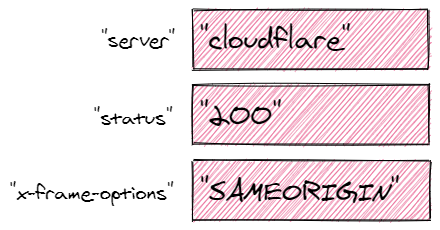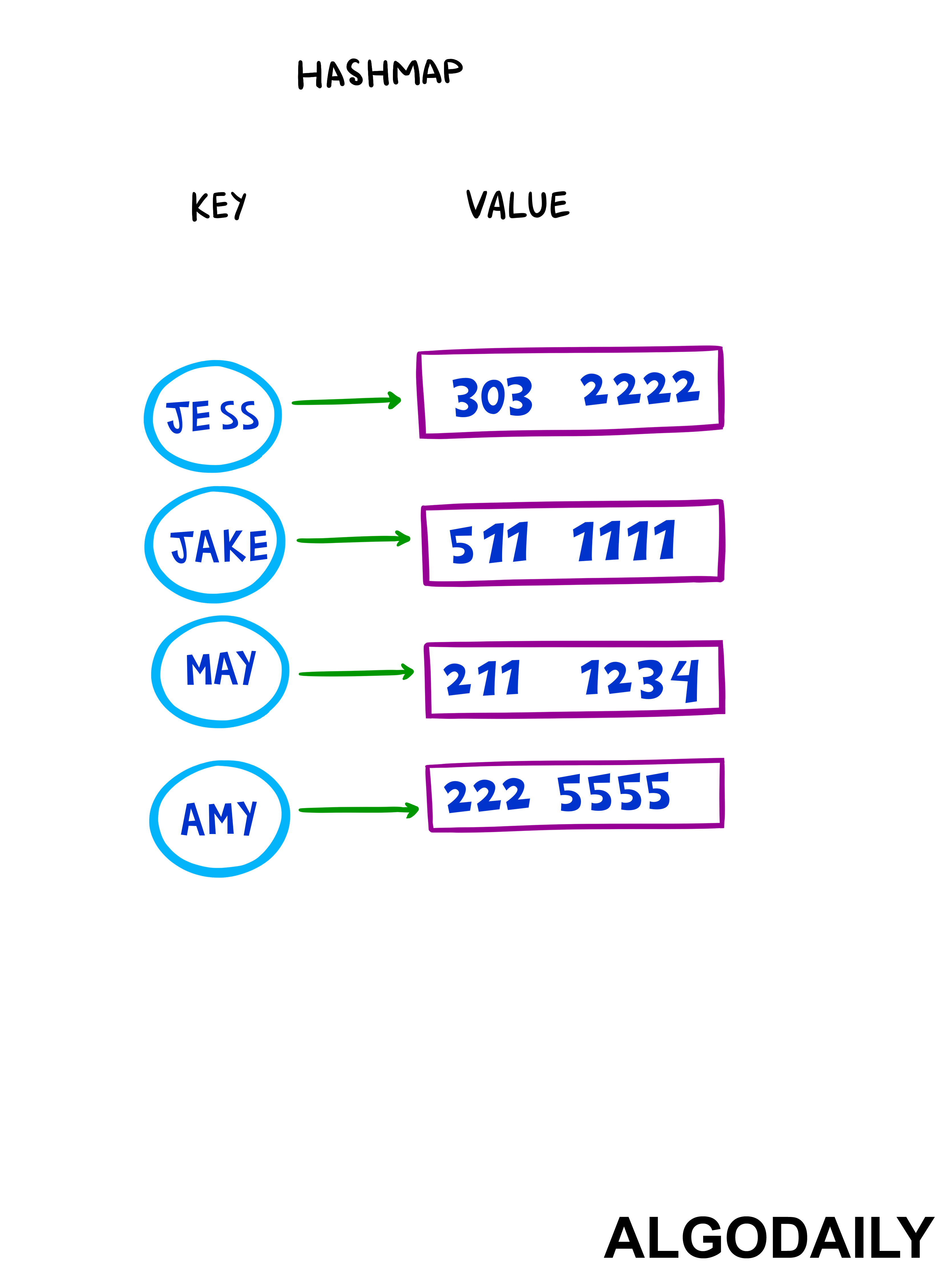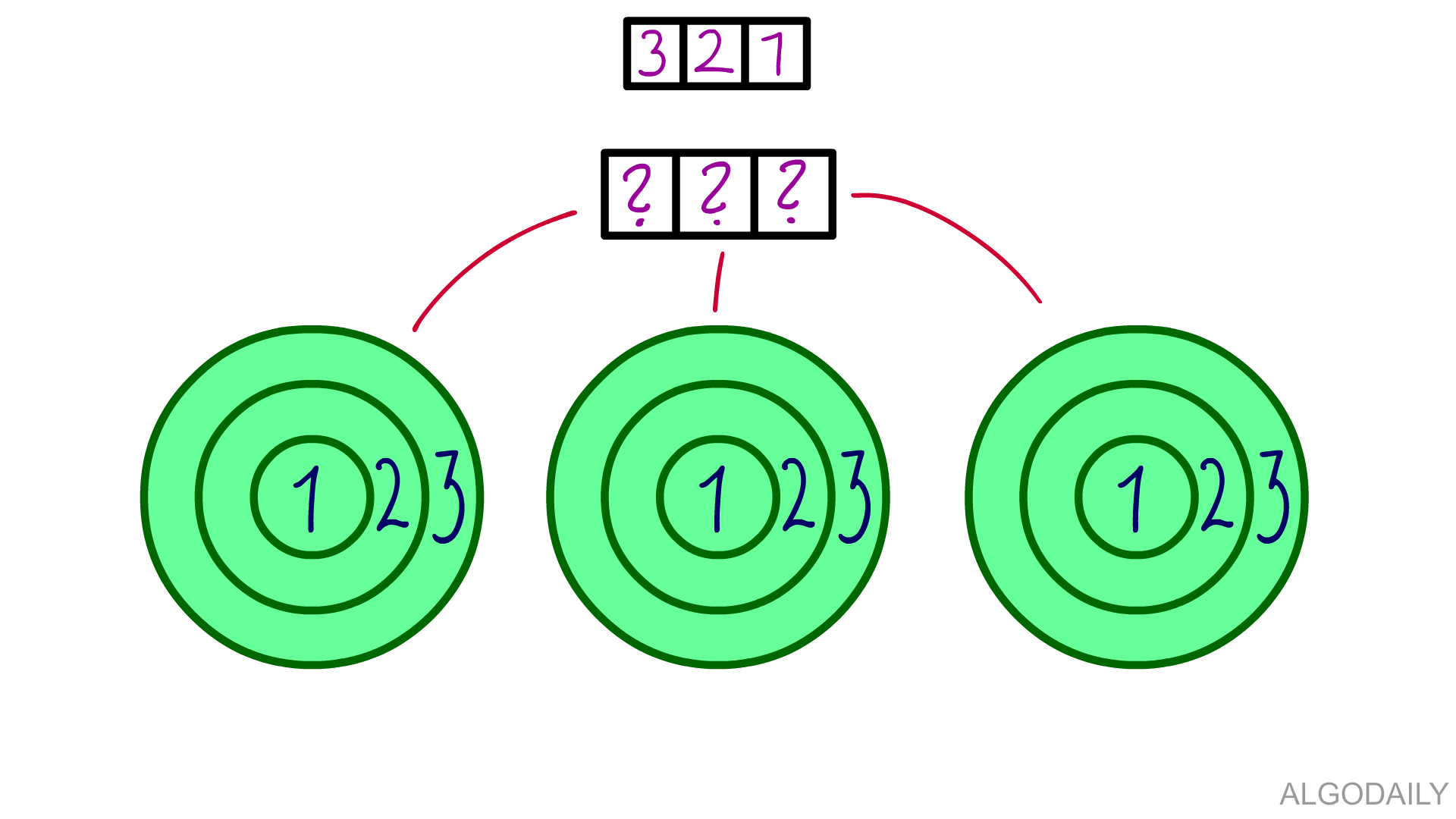- Essentials
- Specialties
- Nontechnical
- Personalized
- Generate a Custom Course 🪄
- Guided
- 60 Day Interview Crash Course


Hash Maps
A data structure that maps keys to values using a hash function to compute an index of buckets.

Section Menu
How do I use this section?

Cheat Sheet
- Quick summary: unordered collection that maps keys to values using hashing.
- Also known as: hash, hash map, map, unordered map, dictionary, associative array.
- Important facts:
- Stores data as key-value pairs.
- Can be seen as an evolution of arrays that removes the limitation of sequential numerical indices and allows using flexible keys instead.
- For any given non-numeric key, hashing helps get a numeric index to look up in the underlying array.
- If hashing two or more keys returns the same value, this is called a hash collision. To mitigate this, instead of storing actual values, the underlying array may hold references to linked lists that, in turn, contain all values with the same hash.
- A set is a variation of a hash table that stores keys but not values.
- Pros:
- Keys can be of many data types. The only requirement is that these data types are hashable.
- Average search, insertion and deletion are
O(1).
- Cons:
- Worst-case lookups are
O(n). - No ordering means looking up minimum and maximum values is expensive.
- Looking up the value for a given key can be done in constant time, but looking up the keys for a given value is
O(n).
- Worst-case lookups are
- Notable uses:
- Caching.
- Database partitioning.
- Time complexity (worst case):
- Access:
O(n) - Search:
O(n) - Insertion:
O(n) - Deletion:
O(n)
- Access:
- See also:







